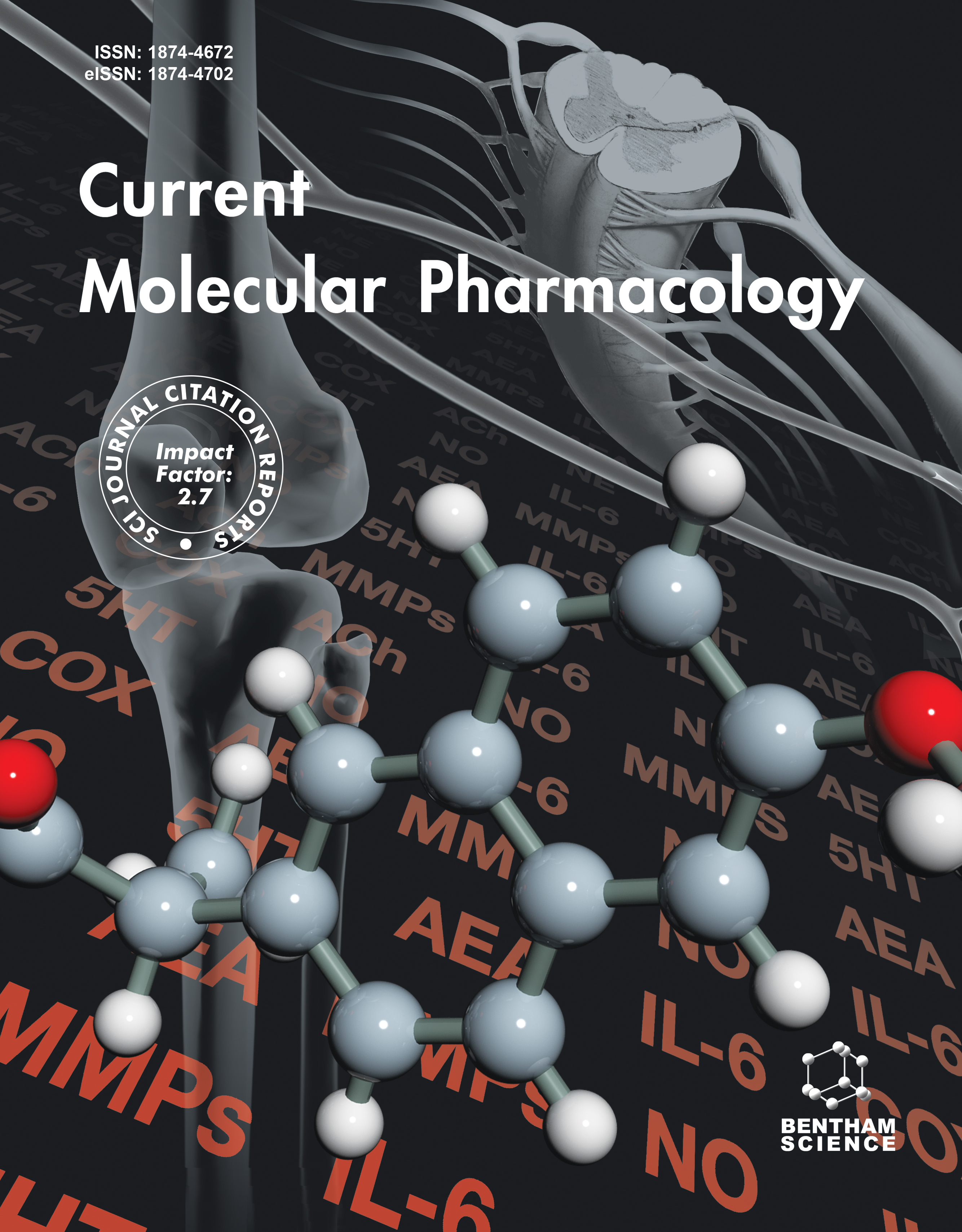-
oa E7386 is not a Specific CBP/β-Catenin Antagonist
- Source: Current Molecular Pharmacology, Volume 17, Issue 1, Jan 2024, E290523217409
-
- 04 Feb 2023
- 23 Mar 2023
- 20 Jul 2023
Abstract
The first clinically evaluated CBP/β-catenin antagonist, PRI-724, displayed an excellent safety profile administered intravenously via continuous infusion. Eisai recently disclosed a third-generation, orally available, reportedly CBP/β-catenin antagonist, E7386. However, several structural features and the reported cytotoxicity of E7386 were unexpected for a specific CBP/β-catenin antagonist. Therefore, we undertook a comparison of E7386 versus the highly specific bona fide CBP/β-catenin antagonists, ICG-001 and C82, the active agents derived from the prodrug PRI-724.
CBP/β-catenin antagonists rebalance the equilibrium between CBP/β-catenin and p300/β-catenin dependent transcription and may be able to treat or prevent many diseases of aging via maintenance of somatic stem cell pool and regulating mitochondrial function and metabolism involved in differentiation and immune cell function. The safety, efficacy, and therapeutic potential of the specific CBP/β-catenin antagonists, ICG-001, and the second-generation compound, C82, the active agent derived from the pro-drug PRI-724, have been studied extensively in a variety of preclinical disease models and in the clinic for oncology and hepatic fibrosis. However, the lack of oral bioavailability has hampered the further development of PRI-724. Thus, Eisai recently proposed a third-generation, orally available, reportedly CBP/β-catenin antagonist E7386. Here, we have performed a comparative analysis of E7386 with the highly specific bona fide CBP/β-catenin antagonists, ICG-001 and C82.
We utilized a series of previously validated biochemical and transcriptional assays to investigate the selective targeting of the CBP/β-catenin interaction in conjunction with global transcriptional profiling to compare the three small molecules, ICG-001, C82, and E7386.
Our data cast significant doubt that the mechanism of action of E7386 is via specific CBP/β-catenin antagonism.
It can thus be concluded that E7386 is not a specific CBP/β-catenin antagonist.


